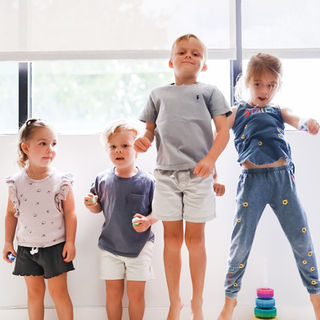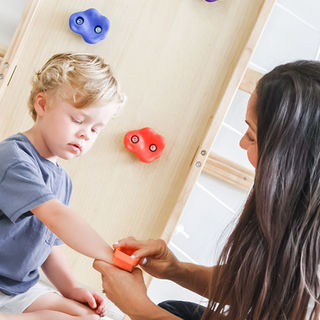Sensory Processing
Does your child struggle with...
Sounds, textures, lights or movement?
Excessive Movement or rough play?
Avoids messy play or certain clothing?
Fidgeting or has difficulty sitting still?
Sensory processing is the way our nervous system receives messages from our senses—like touch, movement, sound, and sight and turns them into appropriate responses. It’s how we interact with the world around us. When sensory processing works well, children can play, learn, and grow with confidence.
But when it’s challenging, everyday activities like focusing in class, joining group play, or managing emotions can become overwhelming.Children with sensory processing differences may be overly sensitive to certain stimuli (like loud noises or certain textures), seek out intense sensory experiences (like spinning or crashing), or have trouble staying organized and calm during daily routines.
Sensory Approach at Play to Learn Therapy
At Play to Learn Therapy, we believe in supporting each child’s unique sensory needs through play-based, child-led therapy. Our sensory approach is woven into every part of our sessions and programs.
✔ Individualized Sensory Profiles: We assess each child's sensory strengths and challenges by having the parents filling out a checklist to identify and create a personalized plan that supports regulation, focus, and engagement.
✔ Sensory-Rich Environments: Our therapy space are carefully designed with sensory equipment and tools and a calming zone area to offer the right balance of sensory input.
✔ Movement and Body Awareness Activities: We use activities like obstacle courses, yoga, and sensory circuits to help children develop better balance, coordination, and body control.
✔ Self-Regulation Skills: Children learn strategies and identifying zones of regulation to understand and manage their sensory needs, helping them feel more in control at home, in school, and in social settings.
✔ Collaboration with Families and Schools: We work closely with caregivers and teachers to create sensory strategies that can be used beyond our office wherever a child needs support most.



